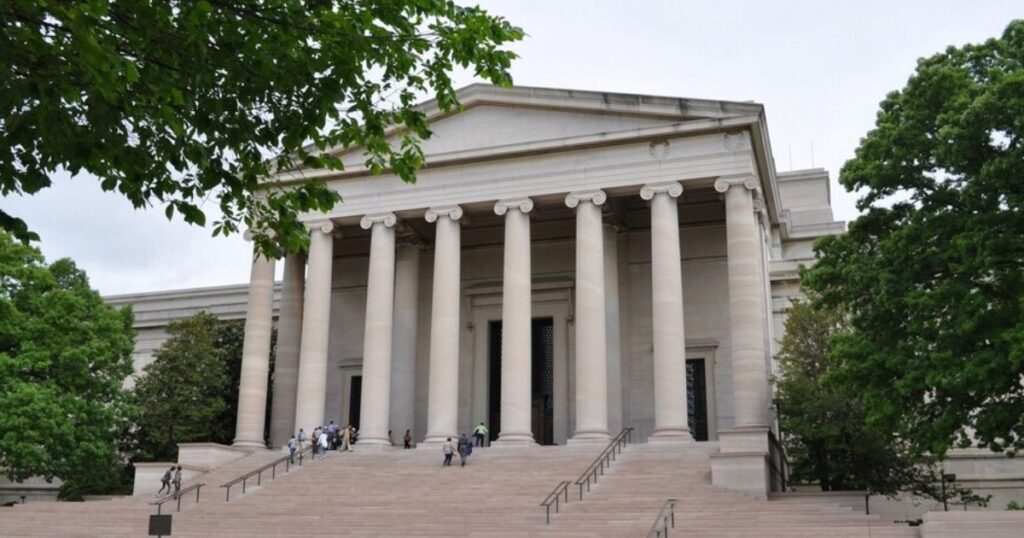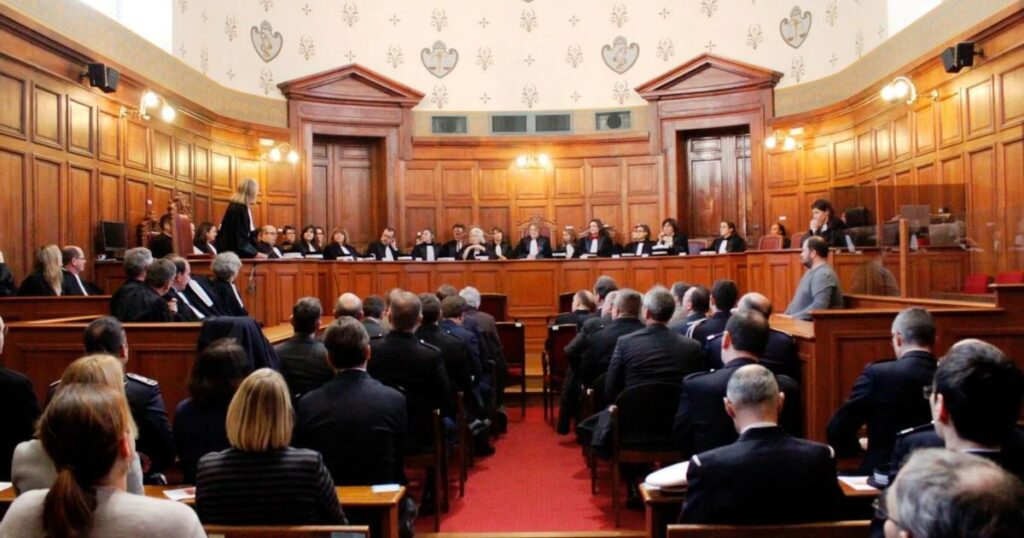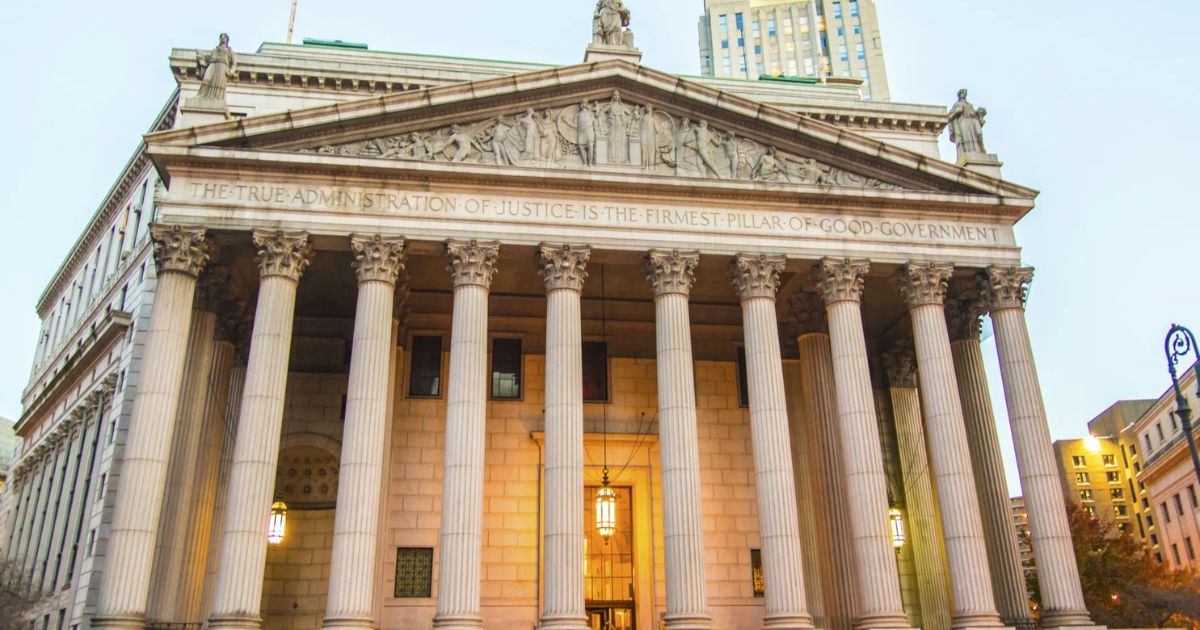In the world of metal building construction, the Great Western Buildings Lawsuit of 2023 has become a major topic of discussion. This legal battle involves Great Western Building Systems, a company known for its steel structures. The lawsuit has caught the attention of both industry insiders and clients due to its significant impact.
At the heart of the matter are allegations of issues with product delivery, contract breaches, and communication breakdowns. These grievances, raised by clients and contractors associated with Great Western Building Systems, have sparked a legal dispute with far-reaching consequences.
As we delve into the details of the lawsuit, we’ll uncover the origins of the conflict, the entities involved, and the potential implications for both the company and the broader metal building industry. Understanding this case is essential for grasping its importance and the lessons it holds for businesses and clients alike.
Background of Great Western Buildings Lawsuit
The Great Western Buildings Lawsuit stems from a series of grievances raised against Great Western Building Systems, a prominent player in the metal building industry. Known for their pre-engineered steel structures, the company had built a reputation for reliability and innovation.
However, discontent began to brew among clients and contractors, alleging issues such as product delivery delays, contract breaches, and poor communication. These factors culminated in a legal dispute that has since drawn significant attention within the industry and beyond.
Emergence of the Lawsuit
The lawsuit against Great Western Building Systems emerged as a response to mounting frustrations and grievances voiced by clients and contractors. It became apparent that there were systematic issues within the company, leading to dissatisfaction and project delays.
As the complaints escalated, legal action was pursued to seek resolution and accountability. This marked the beginning of a complex legal battle that would unfold over time, drawing attention to the practices and standards within the metal building industry.
Specific Allegations Against Great Western Building Systems

Among the specific allegations leveled against Great Western Building Systems were instances of product delivery issues, where clients claimed to have paid for essential components like roll-up doors but did not receive them. Additionally, there were accusations of non-adherence to contract agreements, resulting in disruptions to the construction process.
Communication breakdowns further exacerbated the situation, leaving clients feeling uninformed and frustrated. These allegations collectively highlighted areas where the company’s performance fell short of expectations, prompting legal action to address the grievances.
Entities Involved in the Lawsuit
Central to the Great Western Buildings Lawsuit were two primary entities: Great Western Building Systems, the defendant, and the plaintiffs, comprised of dissatisfied clients and contractors. Great Western Building Systems faced scrutiny for alleged failures in meeting contractual obligations and providing satisfactory services.
On the other side, the plaintiffs sought restitution for damages incurred and accountability for the company’s actions. Legal representatives, including attorneys and law firms, played pivotal roles in advocating for the interests of their respective parties throughout the legal proceedings.
Events Leading to the Lawsuit
The events leading to the Great Western Buildings Lawsuit unfolded gradually, with a series of incidents highlighting concerns within the construction projects involving Great Western Building Systems.
Clients and contractors began to voice their dissatisfaction regarding delays in project completion, unfulfilled orders, and issues with communication. These frustrations escalated over time, ultimately leading to the decision to pursue legal action as a means of seeking resolution and holding the company accountable for its actions.
Legal Issues Raised in the Lawsuit
The Great Western Buildings Lawsuit raised several legal issues central to the dispute. Negligence claims were prominent, with plaintiffs alleging that Great Western Building Systems failed to uphold the required standard of care in delivering and assembling metal buildings. Material misrepresentation and breach of contract were also significant concerns, as plaintiffs argued that the company had not provided the agreed-upon products and services.
Furthermore, issues surrounding bonds and mechanic’s liens added complexity to the case, highlighting the financial ramifications of the alleged contractual breaches. These legal issues underscored the importance of diligence, transparency, and adherence to contractual obligations in the construction industry.
Court Proceedings

The court proceedings of the Great Western Buildings Lawsuit unfolded in a structured and methodical manner, following the legal protocols set forth by the Maricopa County Superior Courts in Arizona. Both the plaintiff and the defendant, represented by their legal teams, presented their arguments and evidence to support their respective positions. Throughout the trial, various motions, filings, and decisions were made, meticulously documented to provide a clear record of the case’s progression.
Under the watchful eye of the presiding judge in the Adams District Court, the proceedings proceeded with diligence and fairness, ensuring that each party had the opportunity to present their case effectively.
Legal representatives skillfully navigated through the complexities of the law, advocating for the interests of their clients while adhering to the principles of justice and equity. The courtroom served as the arena where legal strategies were debated, evidence was scrutinized, and justice was sought.
Ultimately, the court’s rulings and decisions played a pivotal role in shaping the outcome of the lawsuit, determining liability, damages, and any necessary remedial actions. The court proceedings served as a critical forum for resolving disputes, upholding legal standards, and delivering justice to all parties involved. Through a thorough examination of the evidence and legal arguments presented, the court sought to reach a fair and just resolution in accordance with the law.
Significant Rulings and Outcomes
One pivotal ruling pertained to the determination of a non-refundable deposit made by the plaintiff. The court carefully examined the terms of the contract and ultimately ruled in favor of Great Western Building Systems, affirming the non-refundable nature of the deposit. This ruling underscored the importance of clear and explicit contractual agreements, highlighting the specificity required in commercial transactions.
Another significant aspect addressed by the court was the failure of Great Western Building Systems to meet the agreed-upon repayment terms associated with a loan. The court’s ruling in favor of the plaintiff emphasized the consequences of contractual breaches and the importance of fulfilling financial obligations in commercial dealings. This outcome underscored the legal ramifications of failing to adhere to contractual agreements and repayment schedules.
The court also examined the provision of a lifetime warranty offered by Great Western Building Systems. After careful consideration of the evidence presented, the court found that the company had not adequately fulfilled its warranty obligations, particularly concerning the quality of materials and construction work. This ruling reinforced the importance of upholding promises made in contractual agreements and ensuring customer satisfaction in the long run.
Beyond the individual case details, the rulings and outcomes of the Great Western Buildings Lawsuit had broader implications for the construction industry as a whole. The legal proceedings highlighted the need for transparency in business dealings, emphasizing the importance of fair competition and upholding high standards in construction practices.
These rulings set precedents and served as valuable lessons for businesses within the industry, emphasizing the significance of ethical practices, customer satisfaction, and adherence to legal standards.
Related Lawsuits and Disputes
In addition to the Great Western Buildings Lawsuit, the company faced legal challenges in various jurisdictions, including disputes related to lease agreements and unpaid work. Cases in cities such as Aurora and Reno shed light on additional complexities faced by Great Western Building Systems.
Law firms representing plaintiffs in these cases navigated through legal documents and proceedings, revealing a broader legal landscape for the company. While not all cases proceeded to trial, each dispute provided insights into the challenges encountered by Great Western Building Systems in different regions.
Read This Blog: 800 Female Elf Names For Fantasy Story-Telling
Impact on Great Western Buildings and Industry
The Great Western Buildings Lawsuit had a profound impact not only on Great Western Building Systems but also on the broader metal building industry. The company’s reputation and standing within the industry faced significant challenges as a result of the legal dispute.
The lawsuit brought to light systemic issues within the company, including issues related to product delivery, contract adherence, and communication breakdowns. As a result, Great Western Building Systems underwent internal reviews and implemented measures to improve its quality assurance processes and transparency in operations.
Furthermore, the lawsuit prompted a collective shift within the metal building industry towards greater accountability and transparency. Industry-wide, businesses began to prioritize clear contractual agreements, compliance with building codes, and enhanced communication with clients. The incident served as a wake-up call for the entire sector, highlighting the importance of upholding high standards of professionalism and customer satisfaction.
Despite the challenges posed by the lawsuit, Great Western Building Systems demonstrated resilience and adaptability. The company actively engaged in addressing the concerns raised, implementing measures to enhance transparency, improve communication, and strengthen adherence to industry standards. While the legal battle presented hurdles, it also provided an opportunity for introspection and evolution, ultimately contributing to the overall improvement of industry practices.
Moving forward, the impact of the Great Western Buildings Lawsuit is likely to continue shaping the metal building industry, with a renewed emphasis on ethical business practices, customer satisfaction, and adherence to legal standards. By learning from the lessons of this legal dispute, businesses within the industry can strive towards a future characterized by integrity, transparency, and sustainable growth.
Future Implications and Industry Trends
The lawsuit highlighted the importance of transparency in business dealings and accountability for meeting contractual obligations. Moving forward, industry stakeholders are likely to prioritize clear communication, detailed contractual agreements, and adherence to ethical standards. This shift towards transparency and accountability will foster greater trust and confidence among clients and contractors.
As a response to the issues raised in the lawsuit, there will likely be a heightened emphasis on quality assurance and customer satisfaction within the industry. Businesses will seek to ensure the delivery of high-quality products and services, meeting or exceeding customer expectations. This focus on customer satisfaction will become a key differentiator for companies seeking to maintain a competitive edge in the market.
To streamline operations and enhance efficiency, the metal building industry may increasingly integrate technology and innovation into its processes. This could include the use of advanced software for project management, design, and construction, as well as the adoption of sustainable building practices and materials. By leveraging technology and innovation, businesses can improve productivity, reduce costs, and deliver superior outcomes for clients.
In light of the legal complexities highlighted by the lawsuit, businesses will likely remain vigilant in ensuring compliance with regulatory requirements and building codes. This may involve investing in ongoing training and education for employees, as well as implementing robust compliance monitoring and reporting systems. By maintaining regulatory compliance, businesses can mitigate legal risks and uphold their reputation within the industry.
FAQ’s
What were the specific allegations against Great Western Building Systems in the lawsuit?
The lawsuit alleged issues such as product delivery delays, non-adherence to contract agreements, and breakdowns in communication. Clients and contractors claimed unfulfilled orders, contract breaches, and a lack of transparency from the company.
How did the court proceedings unfold in the Great Western Buildings Lawsuit?
The court proceedings followed legal protocols in the Maricopa County Superior Courts in Arizona, with both parties presenting evidence and arguments. Various motions and decisions were made, leading to rulings on key aspects such as non-refundable deposits and warranty obligations.
What impact did the lawsuit have on Great Western Building Systems and the metal building industry?
The lawsuit prompted internal reviews and measures to improve quality assurance and transparency within Great Western Building Systems. It also led to a broader industry shift towards accountability, transparency, and a focus on customer satisfaction.
Conclusion
The Great Western Buildings Lawsuit serves as a pivotal moment for both Great Western Building Systems and the metal building industry as a whole. The legal dispute shed light on systemic issues within the company and prompted a reevaluation of industry standards and practices. Despite the challenges it presented, the lawsuit provided an opportunity for growth and improvement, leading to increased transparency, accountability, and a renewed focus on customer satisfaction within the industry.
Moving forward, the lessons learned from this legal battle will continue to shape the future of the metal building industry, driving positive changes in ethics, communication, and quality assurance practices. By embracing these changes and remaining committed to upholding high standards, businesses can build a more resilient and trustworthy industry for clients and contractors alike.











